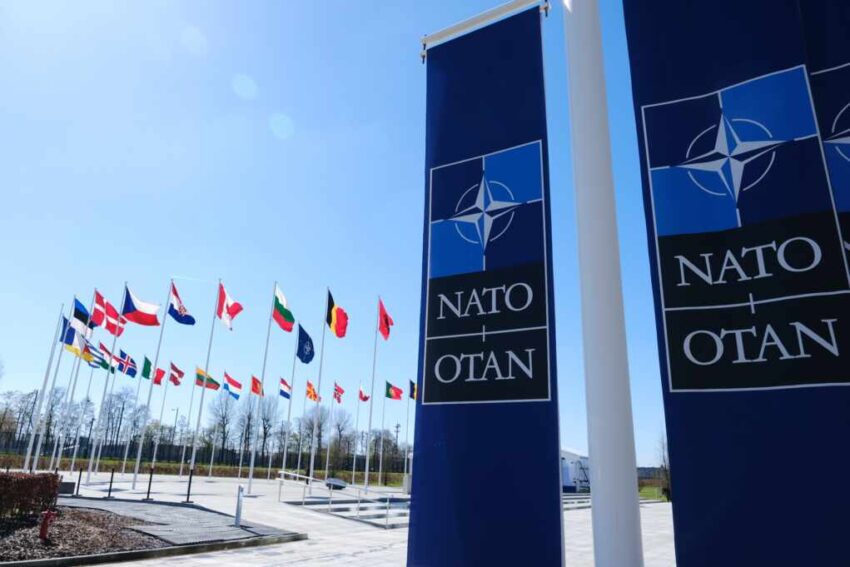NATO’s unprecedented decision to hike defense spending to 5% of GDP leaves member states scrambling to adjust their budgets and has exposed deep divisions within the alliance.
At a Glance
- At a summit in The Hague, NATO members agreed to a new defense spending target of 5% of GDP by 2035.
- The goal is broken down into 3.5% for “pure” defense and 1.5% for security-related infrastructure.
- The decision, heavily influenced by U.S. pressure, has been met with strong opposition from Spain and Italy.
- Poland and Estonia are leading the charge, with plans to meet or exceed the ambitious new target.
A New Era in NATO Defense Spending
In a landmark decision, NATO member states have agreed to a massive increase in their collective defense spending, setting a new target of 5% of GDP by 2035. The agreement, reached at a tense summit in The Hague, Netherlands, reflects a dramatic shift in the alliance’s posture amid what it perceives as evolving global threats from Russia and China.
The new goal, a significant leap from the previous 2% target that many nations still struggle to meet, is broken down into 3.5% for “pure” defense spending and 1.5% for security-related infrastructure and industrial base support.
A Divided Alliance
The ambitious target has been met with fierce resistance from some members. According to Reuters, Spanish Prime Minister Pedro Sánchez labeled the new goal “unreasonable but also counterproductive,” while Italy’s Defense Minister Guido Crosetto called it a “mistake.” These nations argue that such a high target is economically and politically unfeasible.
In contrast, member states on NATO’s eastern flank, like Poland and Estonia, have embraced the new target, driven by heightened security concerns related to Russia. While larger economies like Germany and the United Kingdom have endorsed the goal, they face significant hurdles in reallocating their budgets to meet the criteria.
U.S. Influence and Transatlantic Friction
The push for the 5% target was heavily influenced by pressure from the United States. President Donald Trump, who has long criticized allies for not paying their fair share, praised the agreement as a “big win for Europe and… Western civilization,” as reported by the BBC.
Despite the internal divisions, NATO Secretary General Mark Rutte sought to project a message of strength. “No one should doubt our capacity or determination should our security be challenged,” Rutte said in the summit’s joint statement. However, other leaders warned that the focus on spending could overshadow deeper issues. French President Emmanuel Macron highlighted the paradox of increasing military budgets while engaging in trade disputes, stating, “We can’t say to each other, among allies, we need to spend more… and wage trade wars against one another; it makes no sense.” The agreement underscores a new chapter for NATO’s military readiness but also reveals the persistent diplomatic challenges facing the transatlantic alliance.
Click this link for the original source of this article.
Author: Editor
This content is courtesy of, and owned and copyrighted by, https://conservativeamericatoday.com and its author. This content is made available by use of the public RSS feed offered by the host site and is used for educational purposes only. If you are the author or represent the host site and would like this content removed now and in the future, please contact USSANews.com using the email address in the Contact page found in the website menu.







